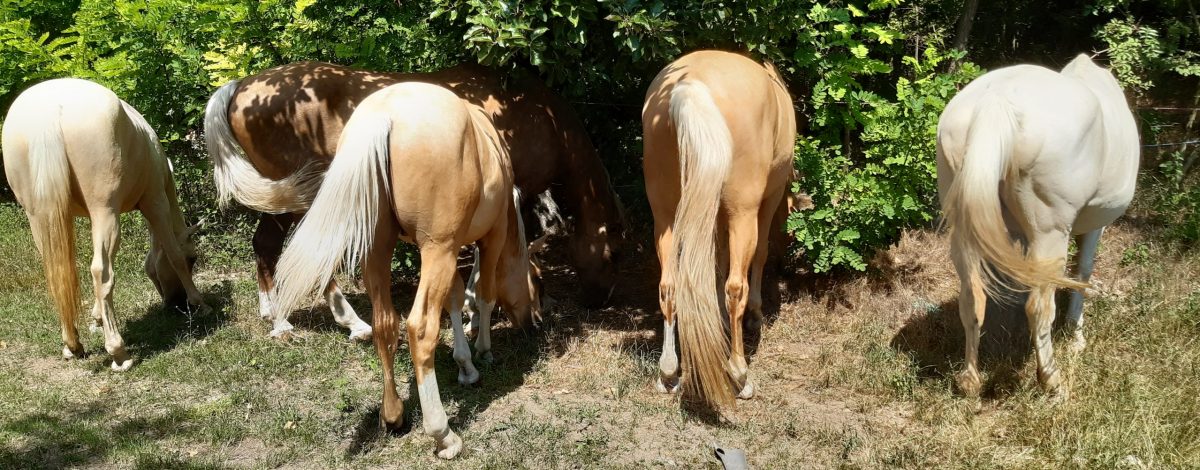I an article from Ridsport, I saw:
Meadow Hay Examined Closely
Forage for horses generally contains few species, and the most common seed mixes for horses include between two and five types of grasses or legumes. In Värmland, plants and nutrient values in meadow hay were examined, harvested from sixteen different meadows. Sample plots in the study’s meadows had up to 33 species of vascular plants. Analyses show that these plants had high levels of organic minerals, which can facilitate absorption. This suggests that horses would benefit from hay with many different species in it. Meadow hay can also be a good complement to increase feed variety. Source: Horse hay from meadows, an underestimated resource. Länsstyrelsen Värmland 2022.
I read this and shake my head, logic for caged hens, I think, but is it? In recent years, people have had it drilled into their ears that agriculture should be like this. You must produce, spray, plow, sow, and spray again. Then you turn the grass a couple of times when it’s cut, and then it’s pressed into big bales. It’s quantity, not quality. Then you have to analyze the hay so you know what’s in it because the horse can’t have too much of this and too little of that. It has become so normal that people forget to look at the horse. Then you can always compensate with some synthetic minerals that the horse can’t absorb in its body. When we made our own hay, we refused to buy artificial fertilizers and spray. We didn’t plow and sow but took the grass that grew naturally. Our horses had free access to the hay, and we never had colic or laminitis. When horses have free access, they themselves reject what is not edible. Yes, there is some waste, but think about how much money you save by not buying artificial fertilizers and seed. To make proper hay, it should be meadow hay, and it should be cured in stacks. If it needs to be baled, it should be loosely pressed. Then you get fantastic “medicine” for the horses. I remember the hay that the horses got in the past; it smelled like summer when you picked it up from the loft. Stacking and doing that work is hard. It’s hot, and there are flies and horseflies, but the reward came when you got to go home with a load of hay and then get juice and cake. Today, you get a hay bale that you can’t move without machines, and if there is something wrong with one bale, there are many kilos of hay to throw away. When you don’t make the hay yourself, you have to rely on others. I’ve bought hay here in Hungary and have seen many different types of hay, but here they talk specifically about horses needing meadow hay. That’s why many have it, and the horses love it. I am so glad that it’s possible to buy unsprayed hay. There is so much more to say about hay, and I think back to the farmers who taught me how to make proper hay. I learned to cut, rake, stack, transport, and store it. I believe it has saved me a few veterinary visits over the years, even though I’ve never had my hay analyzed. Here is photographic evidence that I learned it from scratch, where I am driving Hamn in front of a grascutter machine. Not so easy, I can say; it was easier to rake 🙂


